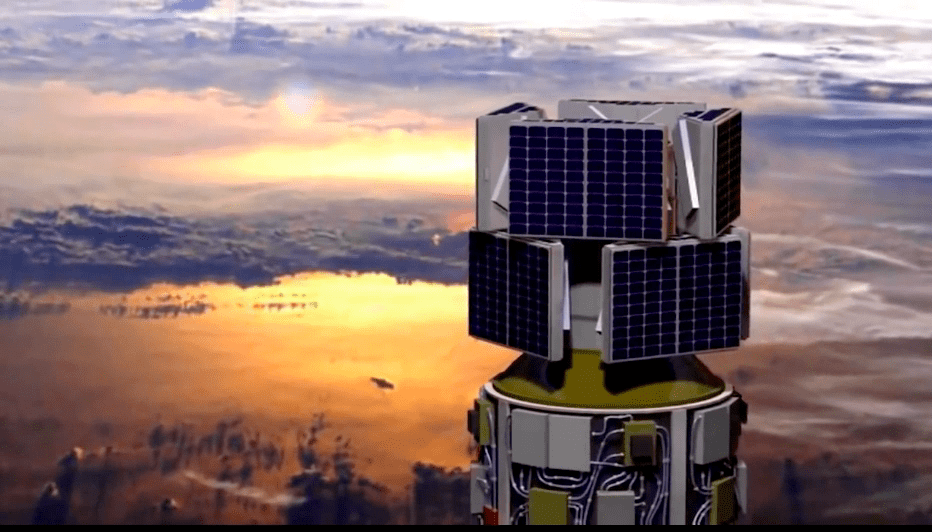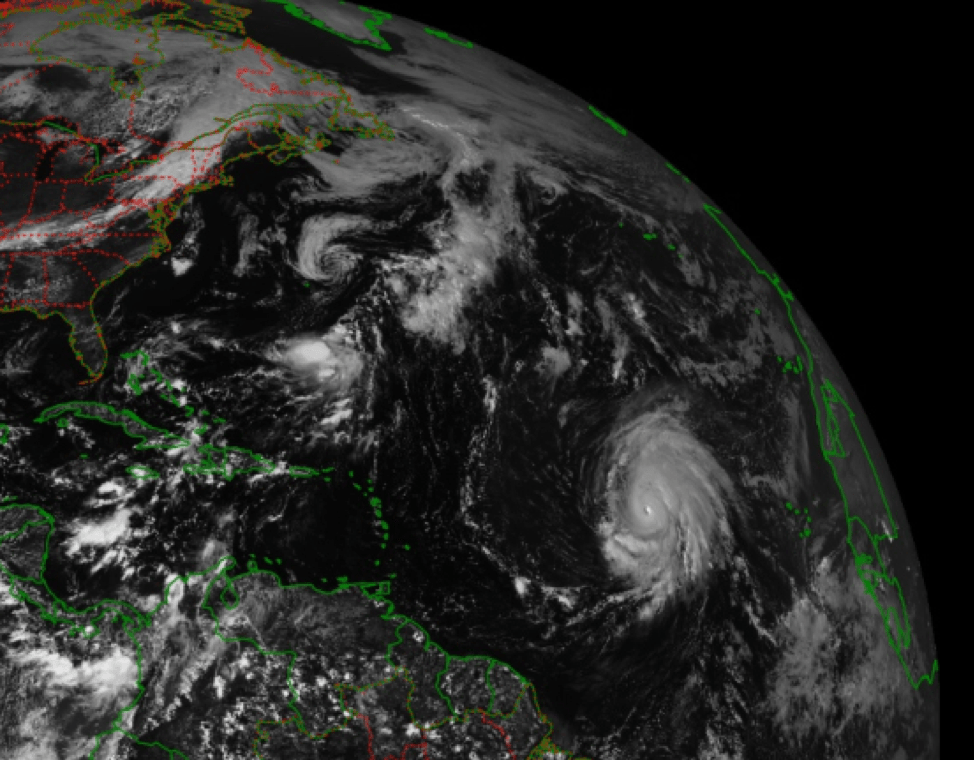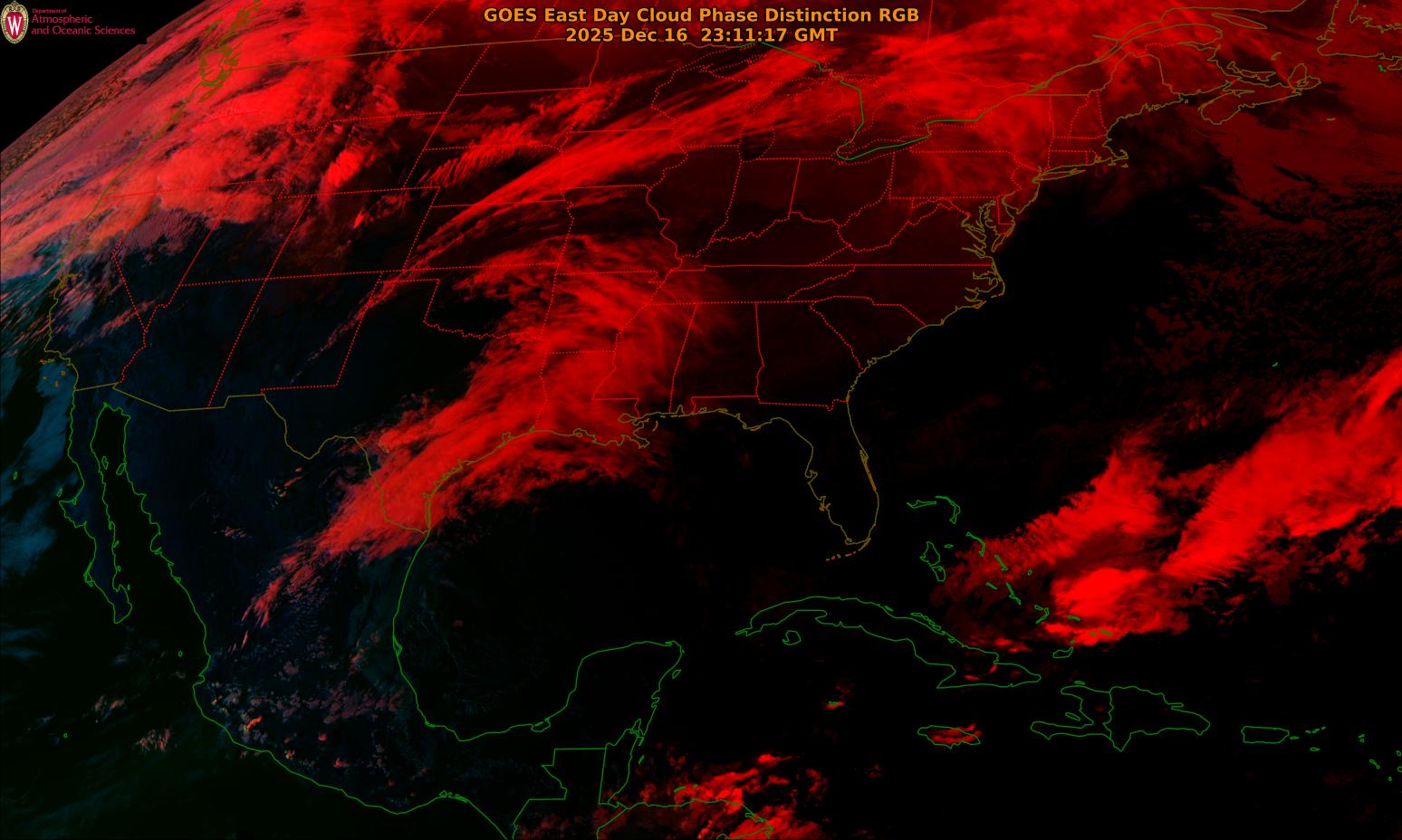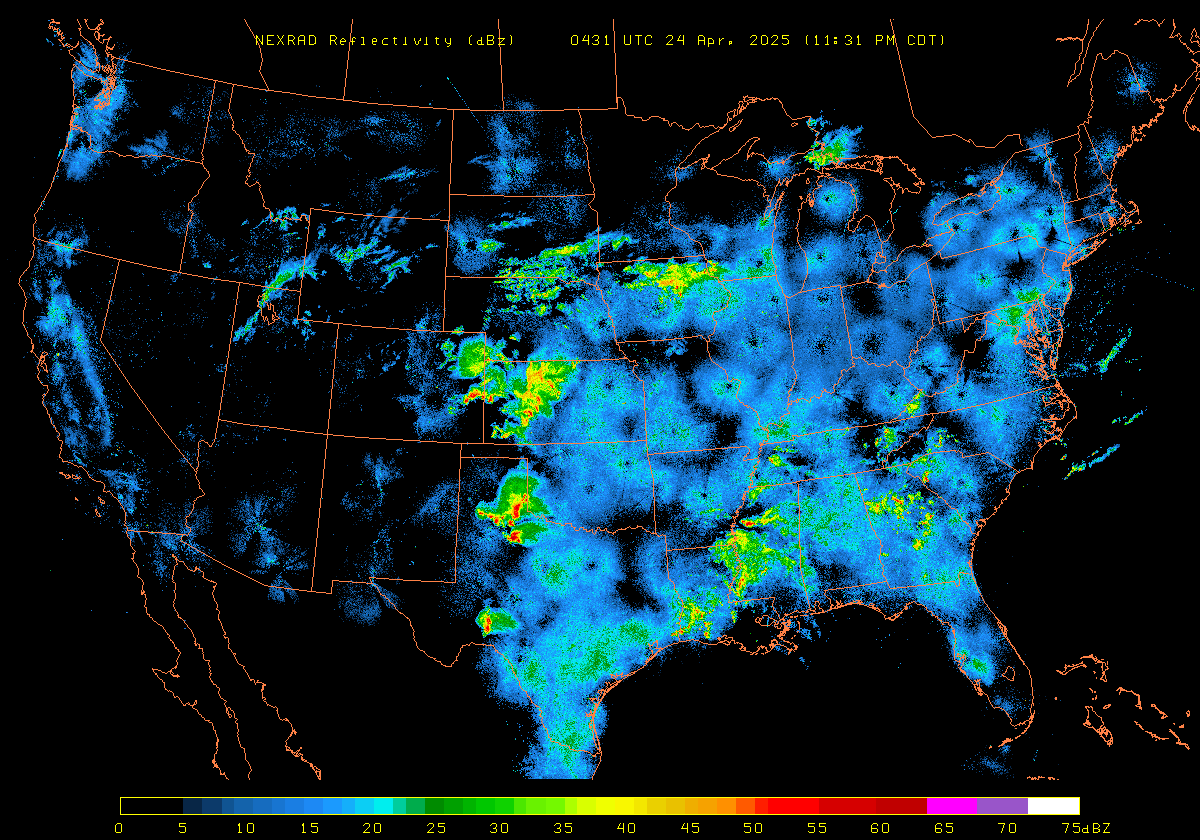At 2100 UTC (5pm EDT) Friday, 25 October 2019, a well-defined but very small tropical storm with wind speeds of 45 mph formed in the Northeastern Atlantic Ocean. It formed within an occluded extratropical cyclone, which is the name of a late stage extratropical cyclone where the northern portion of the cold front “catches up” to the northern portion of the warm front within the cyclone. It is unusual, but not unheard of, for a tropical cyclone to form in such conditions. As can be seen in Fig. 1, the sea surface temperatures (SSTs) were around 23⁰C, outside of the normal 26.5⁰C or above SSTs typically needed to sustain a tropical cyclone. Due to the SSTs, the small size of the cyclone, and the baroclinic environment that resulted in the existence of the extratropical cyclone, the National Hurricane Center (NHC) forecasted that the then tropical storm Pablo would become extratropical within 36 hours or sooner. They also anticipated the tropical storm to slightly increase in wind speed. They did not, however, anticipate this small tropical storm would soon become a hurricane.

Figure 1: Sea Surface Temperatures on 26 October 2019. TS Pablo on 25 October is seen in blue labelled as “TS.” Hurricane Pablo on 27 October is seen in purple labelled as “H.” Source: NOAA
Over the next day, tropical storm Pablo strengthened unexpectedly to 60 mph and had formed an eye recognizable on satellite imagery, as seen in Fig. 2. While this came as a surprise, the tropical storm was heading towards colder waters and an environment of increased shear, both of which would result in the weakening of the storm. As a result, the forecasted transition to an extratropical cyclone remained, and tropical storm was expected to weaken.

Figure 2: IR Satellite image of TS Pablo at 1700 UTC (1pm EDT) on 26 October 2019. Source: EUMETSAT
However, tropical storm Pablo continued to defy expectations, strengthening into a category 1 hurricane with 80 mph winds at 2100 UTC (5pm EDT) on Sunday, 27 October 2019. This strengthening occurred despite SSTs of around 17⁰C (Fig. 1), and hurricane Pablo therefore became the furthest east and second furthest north storm on record to ever strengthen into a hurricane, as can be seen in Fig. 3. From there, over the course of the next 36 hours, hurricane Pablo weakened steadily, finally succumbing to the cold waters and increased shear. By 1500 UTC (11am EDT) on Monday, 28 October 2019, hurricane Pablo had weakened to a post-tropical cyclone.

Figure 3: Location of first intensification to a hurricane (1950-present). Source: Tomer Burg, Twitter
Sources:
https://www.washingtonpost.com/weather/2019/10/28/oddball-hurricane-pablo-developed-farther-east-than-any-atlantic-tropical-cyclone-record/
https://www.nhc.noaa.gov/archive/2019/PABLO.shtml
https://eumetview.eumetsat.int/mapviewer/



























